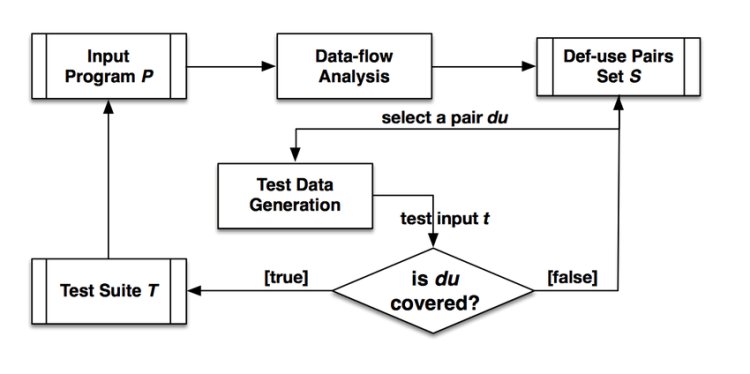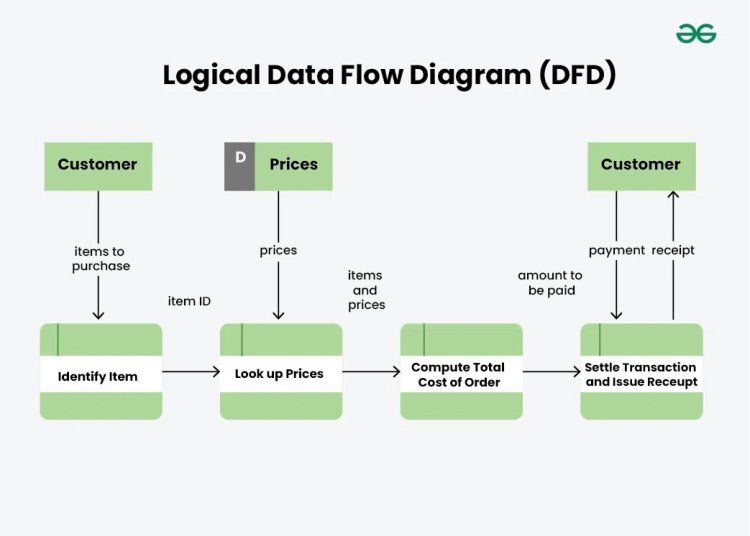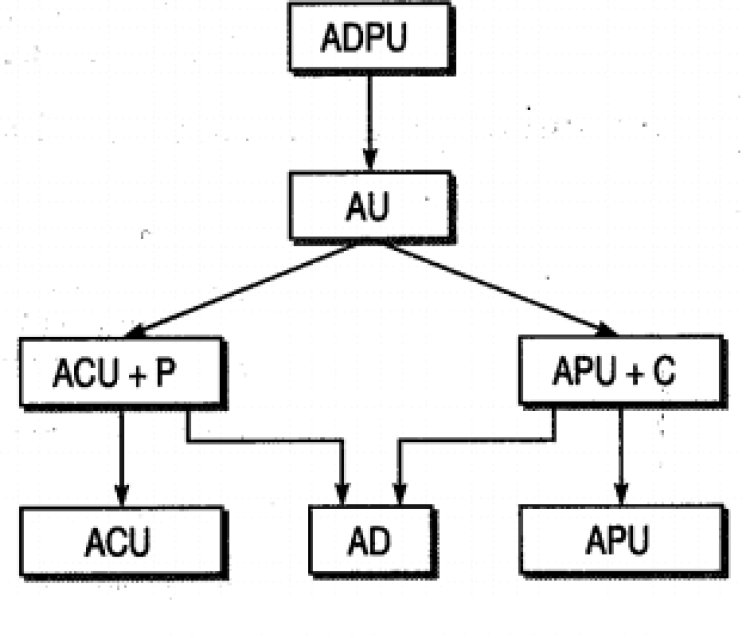Data Flow Testing In Software Testing: Concepts And Techniques
For individuals looking to deepen their knowledge and skills in software testing, pursuing Software Testing Coaching in Bangalore.
Share this Post to earn Money ( Upto ₹100 per 1000 Views )

Ensuring the quality and reliability of software applications is important among various testing techniques. Data Flow Testing stands out as an effective method for identifying issues related to data usage within a program. Explore the concepts, techniques, and benefits of data flow testing, helping software testers and developers enhance their skills. For those seeking to improve their software testing capabilities, pursuing Software Testing Coaching in Bangalore can be a significant step.
What is Data Flow Testing?
Data flow testing is a white-box testing technique that focuses on the lifecycle of data within a software application. Data Flow Testing in Software Testing involves examining the flow of data through the code to identify potential errors, such as uninitialized variables, improper data handling, and discrepancies in data manipulation. By concentrating on data definitions, uses, and the paths through which data flows, testers can uncover critical defects that may not be detected by other testing methods.

Concepts of Data Flow Testing
Data flow testing is based on several core concepts:
- Data Definition (DD): The point in the code where a variable is initialized or assigned a value.
- Data Usage (DU): The points where a variable is read or utilized in operations.
- Data Flow Path: The route taken by data through various program statements from its definition to its usage.
- Variable Lifecycle: Understanding the lifecycle of variables helps in identifying the state of the data at different points in the program execution.
Techniques for Data Flow Testing
Several techniques can be employed in data flow testing, including:
- Control Flow Graphs: These graphs visually represent the control flow of a program. Testers can analyze paths within the graph to identify data flow paths that need to be tested.
- Data Flow Diagrams (DFDs): DFDs provide a high-level view of how data moves through a system, helping testers understand the interactions between different components.

- Path Testing: This involves testing all possible paths within the code to ensure that each definition of a variable is used correctly and does not lead to erroneous results.
- Data Flow Analysis: This technique evaluates the program code to determine the flow of data, identifying variables that may be defined but never used, as well as those that may be used before being defined.
For individuals looking to deepen their knowledge and skills in software testing, pursuing Software Testing Coaching in Bangalore can provide valuable insights and practical experience.
Benefits of Data Flow Testing
Data flow testing offers several advantages:
● Enhanced Error Detection: By focusing on data handling, this technique helps uncover issues that might not be apparent in other testing methods.
● Improved Code Quality: Data flow testing encourages developers to write cleaner and more efficient code, as it highlights areas where data management can be optimized.
● Early Bug Detection: Identifying defects during the development phase reduces the cost and effort required for fixing issues later in the software lifecycle.
● Supports Maintenance: As software evolves, data flow testing can be used to ensure that changes do not adversely affect data handling.
Data Flow Testing in Software Testing is a powerful technique that helps identify critical defects related to data handling. By focusing on the flow of data through a program, testers can enhance the quality and reliability of software applications.
Implementing Data Flow Testing

To implement data flow testing effectively, consider the following steps:
- Identify Variables: Determine the variables used within the code and their respective definitions and usages.
- Construct Data Flow Graphs: Create control flow graphs to visualize the paths data takes through the code.
- Develop Test Cases: Based on the identified paths, develop test cases that focus on different data flow scenarios.
- Execute Tests: Run the tests and monitor the results to identify any discrepancies or issues.
- Analyze Results: After testing, analyze the results to determine if data handling meets the expected criteria.
Conclusion
With data flow testing emphasis on data lifecycle management, it not only improves error detection but also supports the overall software development process, making it an essential technique in modern software testing practices.

 manojagrawal91
manojagrawal91 














